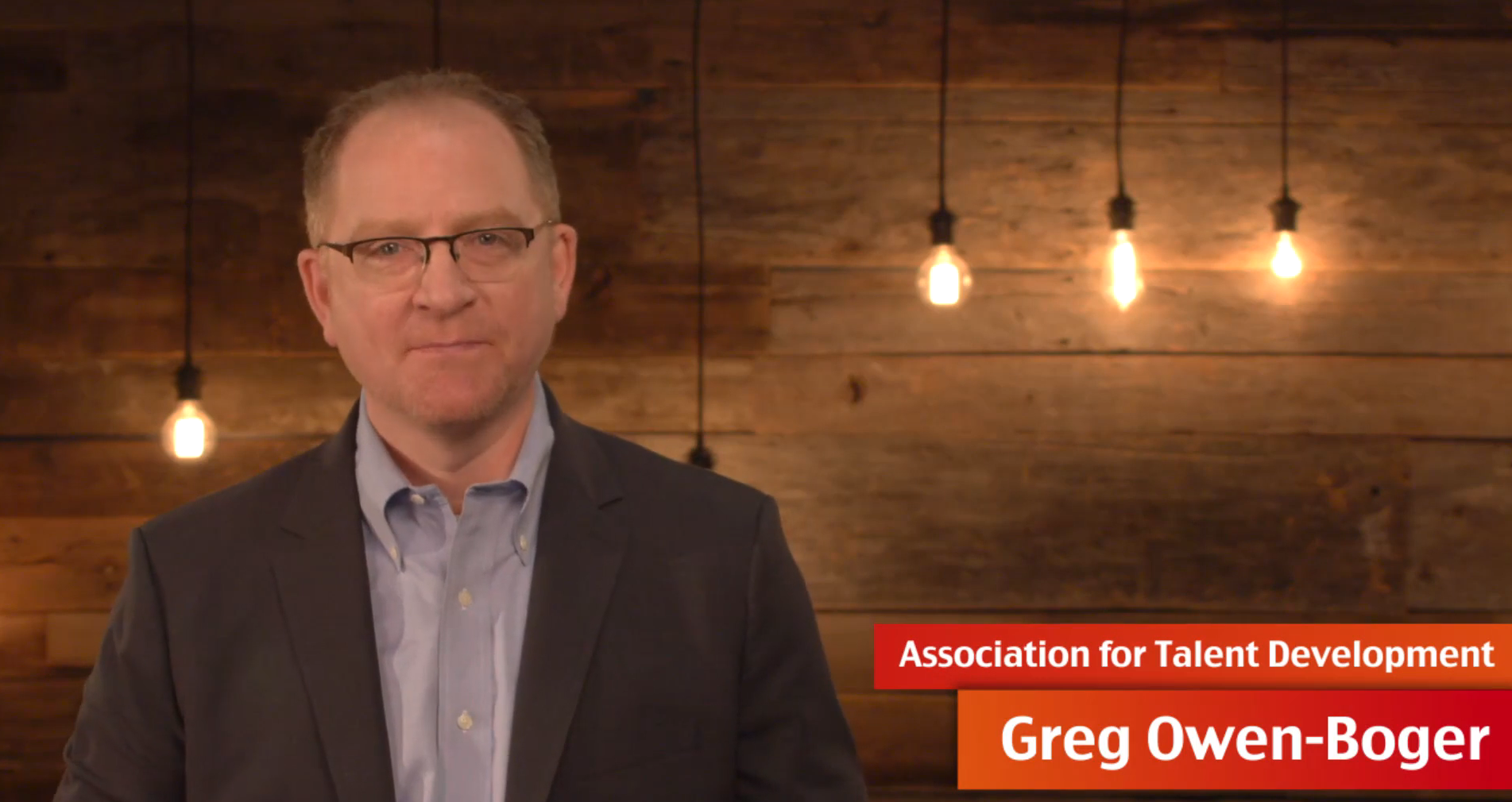In addition to being a trainer for Turpin, I’ve spent many years teaching communication to undergraduates, graduate students, and professionals. In the course of teaching everything from Composition 101 to complex ideas, I finally hit on one simple goal that can act as a guiding light for everything from emails to keynotes: Make It Easy....
read moreMake it Easy: Be Careful with Acronyms and Jargon
A crucial but often neglected part of successful business communication is making it easy for your audience to understand what you are communicating. The use of jargon or acronyms with no explanation is a frequent error that really works against the idea of making it easy. Too often, we assume people will understand us because...
read moreMake Participating Easy
In this video, produced by the Association for Talent Development (ATD), Greg Owen-Boger, Turpin’s VP, discusses making learning easy for learners. Greg here with Turpin Communication. Learning can sometimes be difficult, but participating in the learning event should be easy. What that means is we need to create a safe, supportive environment for fruitful learning to...
read moreHow a Simple Nod Can Make Business Communication Better
We spend a lot of time helping people succeed as trainers, meeting facilitators, and presenters. That work focuses on helping people initiate and manage the conversation that takes place in each of these settings. What we rarely focus on is the role of the people receiving the training, participating in the meeting, or listening to...
read moreReduce the Cognitive Load: How Presenters Can Make It Easier for Their Audiences
Something we can all relate to is being confused when sitting through a presentation. The presenter is talking in circles, and the slide on the screen is a jumbled mess. We struggle to make sense of the information on the slide, and then we realize we haven’t heard a thing the person has said. Sound...
read moreWhen You Didn’t Make the Slides You’re Delivering
Sometimes in workshops, we discover that our learners are working with slides or whole decks they didn’t create, and some of these slides are not only unnatural to deliver but also confusing in their layout, organization, or even in the information they include. If you’re confused by a slide, your audience is not going to...
read moreTwo Guiding Principles for Effective Meetings and Presentations
We shot a few videos recently focusing on some of the fundamental aspects of our work. Here are two that define meetings and presentations as Orderly Conversations. Understanding the consequences of that definition helps facilitators plan and run more effective meetings. Meetings and Presentations are Not Speeches Transcript: “When it comes to improving face-to-face communication,...
read moreKeeping Your Presentation Fresh When Your Content Stays the Same
Anyone in the position of having to deliver similar content on a repeat basis faces the problem of how to keep things fresh. Maybe you’re in sales and have to talk about the same information in every sales call. Maybe you deliver the same presentation at different conferences. Maybe when rolling out an HR initiative,...
read moreShould You Practice or Rehearse for Your Next Business Presentation?
Greg, Turpin Communication’s VP, has written a couple of great blog posts on preparing yourself to deliver presentations and training sessions. Don’t Overlook These Steps When Preparing Your Presentation Dry Runs: The Key to Training Readiness in the Virtual World Among the things he talks about is how we recommend dry runs rather than rehearsal....
read moreShowing and Telling: Effective Slide Delivery
Learners come into our workshops absolutely certain of one hard-and-fast rule: never ever read from your slides. They look pretty bewildered when we respond with, “Well, it’s complicated,” rather than emphatic agreement. The problem with “never read from your slides” is that it often ends up meaning presenters glance at the slide as it comes...
read more









